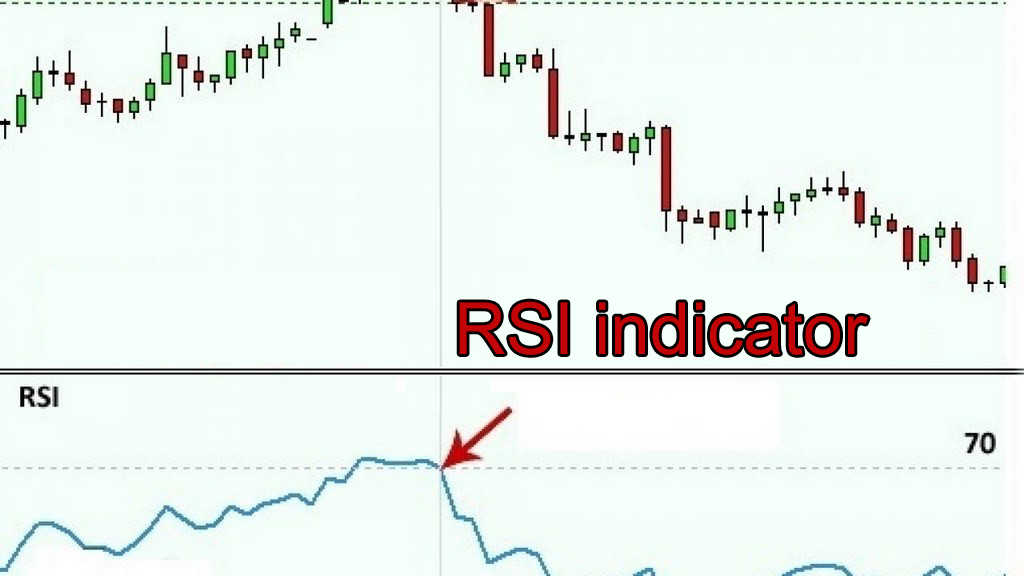
[ad_1]
RSI INDICATOR EXPLAINED – WHAT IS THE RSI INDICATOR?
The “Relative Energy Index”, or “RSI”, indicator is a well-liked member of the “Oscillator” household of technical indicators. J. Welles Wilder created the RSI in an effort to measure the relative adjustments that happen between increased and decrease closing costs. Merchants use the index to find out overbought and oversold situations, helpful data when setting entry and exit ranges within the foreign exchange market.
The RSI is assessed as an “oscillator” for the reason that ensuing curve fluctuates between values of zero and 100. The indicator usually has strains drawn at each the “30” and “70” values as warning indicators. Values exceeding “85” are interpreted as a robust overbought situation, or “promoting” sign, and if the curve dips beneath “15”, a robust oversold situation, or “shopping for” sign, is generated.
RSI FORMULA
The RSI indicator is widespread on Metatrader4 buying and selling software program, and the calculation formulation sequence entails these simple steps:
Select a predetermined interval “X” (Commonplace worth is “14”, though a worth of “8” or “9” tends to be extra delicate;
Calculate “RS” = (Common of “X” durations up closes/Common of “X” durations down closes;
RSI = 100 – [100/(1 + RS)]
Software program packages carry out the mandatory computational work and produce an RSI indicator as displayed within the backside portion of the next chart:

The RSI indicator consists of a single fluctuating curve.
Giant surges in value adjustments may cause the RSI indicator to present false indicators. It’s prudent to enrich the RSI with one other indicator. Wilder additionally believed that the forte of the indicator was revealed when its values diverged from the prevailing costs available in the market.
When you do not like the usual RSI, you may attempt the Forex RSI Scalper.
Forex RSI Scalper for MetaTrader 4 : https://www.mql5.com/en/market/product/62143
Forex RSI Scalper for MetaTrader 5 : https://www.mql5.com/en/market/product/33032
[ad_2]